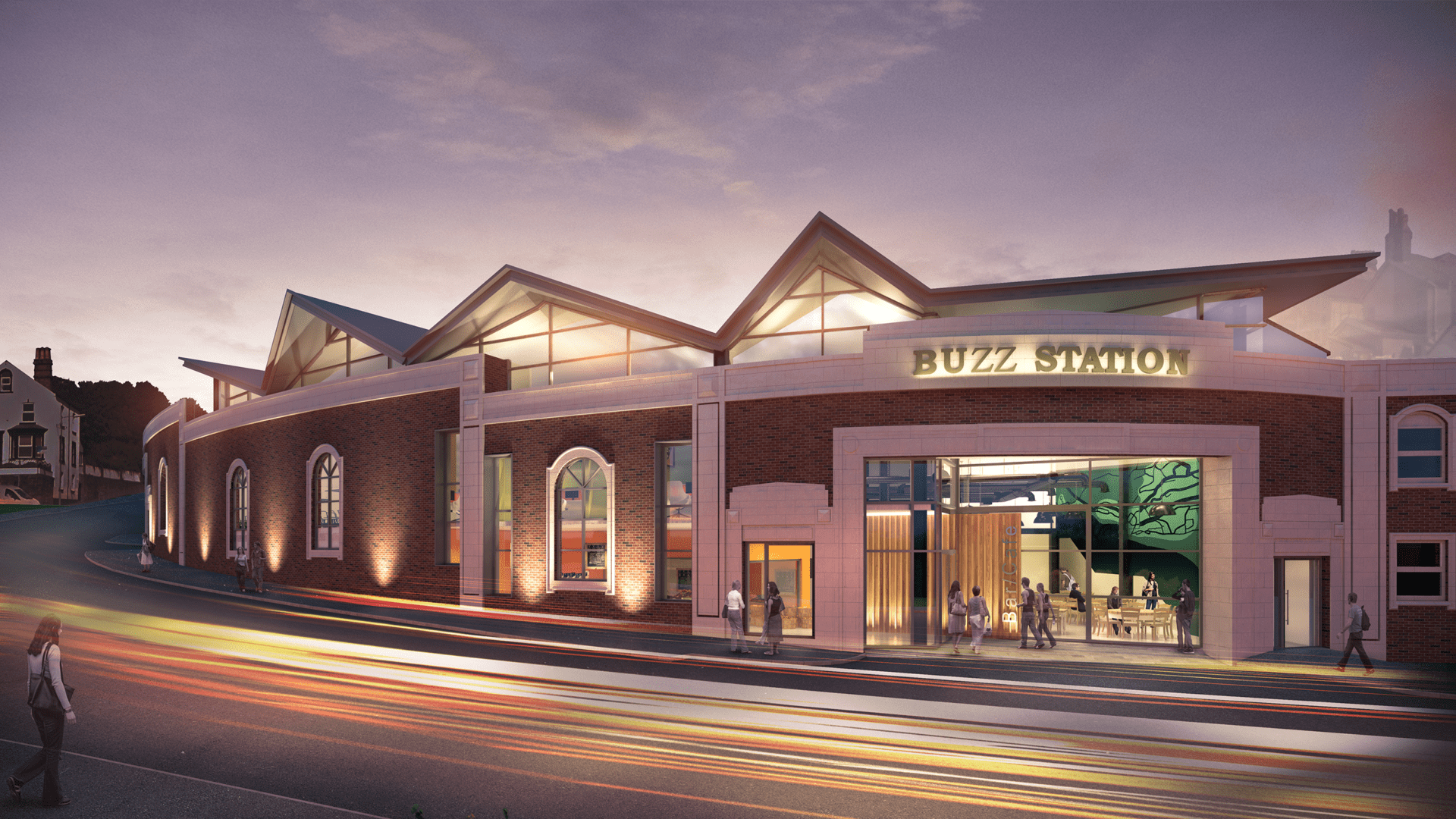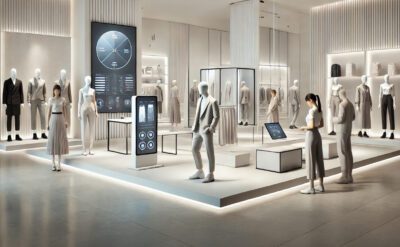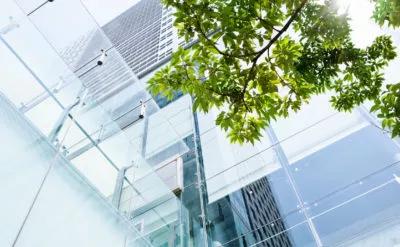The adaptive reuse of heritage buildings contributes to a sustainable future – both for the structure and the environment. We see great opportunities, and so do our clients, in exploring how to transform existing heritage buildings or historical sites for new purposes. This shift in thinking has monumental results for a lower carbon footprint and improves the overall life cycle costs of an existing structure.
In the final Blog Post of our Blog Series titled, Future Proofing Heritage Buildings, our multi-disciplinary team considers the adaptive reuse opportunities that heritage buildings present and some project examples that tell the story.
How can we continue to preserve our heritage buildings while preparing them for new generations to enjoy?
William Westhafer, Vice President
Preserving and restoring our existing structures are paramount to a sustainable future. We have more tools than ever before to calculate and measure the impact our structures have on the environment and discover how to generate new utility out of a heritage structure. Heritage buildings were once considered unsuitable for office buildings for example, but thanks to changing demands for more enclosed spaces to promote health, we are discovering innovative purposes for our most iconic buildings. This shift in thinking allows us to discover new opportunities for clients who may not have considered adaptive reuse of a heritage building for new purposes.
John Baird, Vice President
The first place we have to look is retrofitting and reusing existing structures before we consider building brand new. Reconfiguration, re-inventing and upgrading the thermal fabric of a building can often fulfill every bit of a client’s requirements, save carbon, and maintain the much-loved character of historic buildings. Finding modern utility is the future for these buildings. We recently worked with a client to bring back to life a much-loved local landmark that was the town’s bus station and had sat empty for years. We retained as much of the fabric as possible most notably the Art Deco façade and converted the derelict building into a hub for tech, digital, media, and creative start-ups. It is hoped up to 20 businesses could be housed there alongside a café and restaurant for the town to use.
How is technology helping with our efforts to preserve the balance of history and modern use?
Dathe Wong, Vice President
This convergence of our most current technology coupled with our oldest buildings is creating a unique opportunity for architects and engineers. Whether we are measuring carbon, using scanning systems and point cloud data, or introducing prefabricated components we are bringing our own history into the present. We can simultaneously preserve these nostalgic and history-defining works while making them accessible and realistic structures for the future. We are learning that minimal intervention can have a monumental impact on our environment.
Hassan Saffarini, CAHP, Principal
One of the very important principles is the combination of minimum intervention and reversible intervention. As technology continues to advance, we want to be able to revisit the projects we’ve worked on and make nominal changes that improve the life cycle of the building. The lessons we have already learned are implemented, but we must also allow new learning to enhance the structure in the years to come.
John Baird, Vice President
It’s always worth investing the time to establish if working with an existing structure can meet stakeholder requirements and establish if the embodied carbon you save outweighs the ‘in-use carbon’ you might gain in the energy efficiency of a new building. When we keep an open mind and explore a ‘retrofit’ first approach we are learning that the possibilities are endless. One of the biggest challenges of converting and restoring heritage buildings is finding the balance between modern technology and preserving the unique characteristics of the building for the future. We’ll use traditional building techniques and materials to refurbish the structure and work with conservation officers and historians to ensure history is being preserved.
Why are heritage buildings so well-suited to be adapted for the future?
Dathe Wong, Vice President
The opportunity for generous daylight, open areas, high ceilings, mass timber and appealing interiors all help contribute to a great canvas for new-use spaces. By taking the richness of the past and layering on new and important functions like lab and educational spaces we are taking advantage of the existing framework while considering a multitude of possibilities. We must understand that our imprint on the building will have its own significant impact hundreds of years from now, and our modifications need to work in concert with the original intent.
Hassan Saffarini, CAHP, Principal
The fact that these buildings have already endured throughout so many decades speak to their resilience. Yet, the original builders could not have predicted the needs of modern-day occupants, from environmental comfort to telecommunication hubs. It is up to us to preserve these cultural treasures while adapting them to contemporary use. We are the custodians of this heritage, and the best way to conserve it is to use it successfully. This will enable future generations to savor the history of the place from its original glory through the stories of its responsible dwellers.



